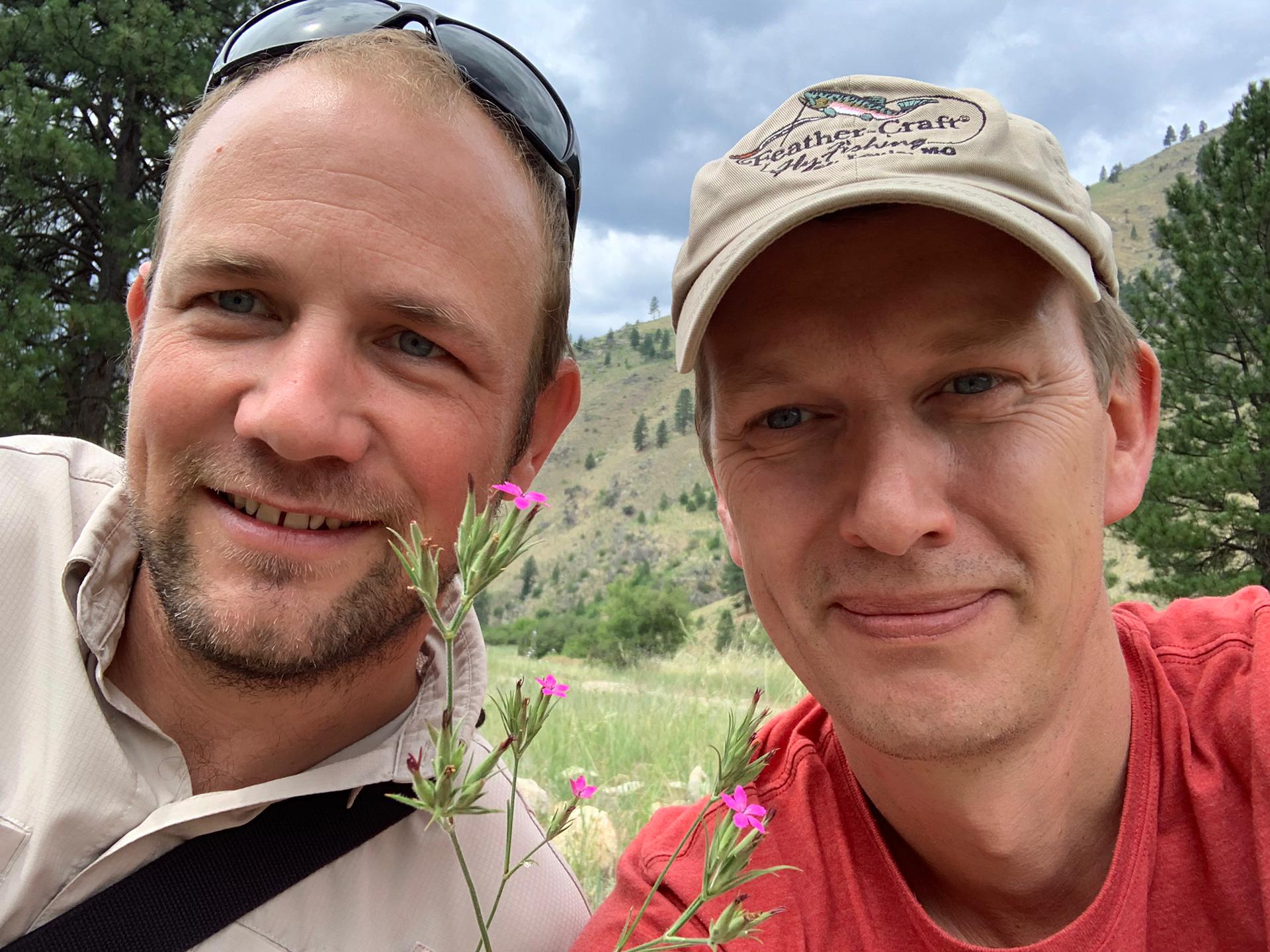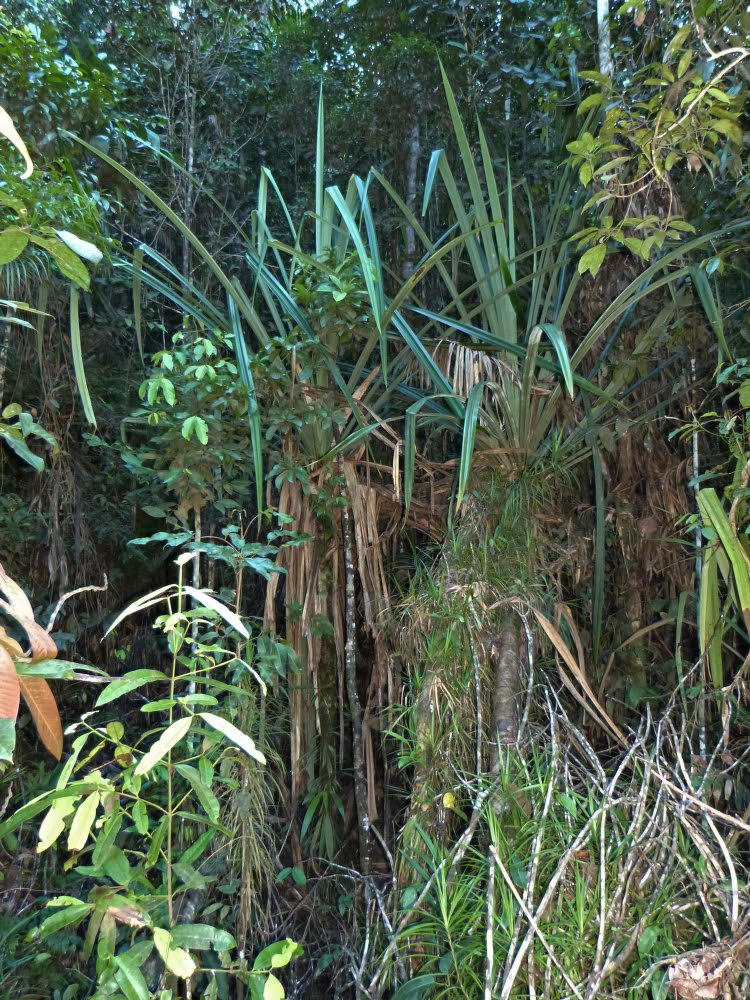
Located above Australia, New Guinea is the world’s second largest island and it is divided into two political entities (Papua New Guinea and Indonesia). The island is home to some of the best-preserved ecosystems on the planet and intact ecological gradients – from mangroves to tropical alpine grasslands – that are unmatched in the Asia-Pacific region. However, climate change and the highly destructive palm oil trade threaten the island’s natural wonders.
To turn the tables and protect the island and its biodiversity, 99 researchers from 55 institutions collaborated to find, taxonomize and catalog all of the island’s vascular plants, such as angiosperms, gymnosperms, ferns and lycophytes. Sven Buerki, an assistant professor of biology at Boise State, is one of researchers whose expertise led to the very first comprehensive cataloguing effort of New Guinea’s marvelous floral diversity, and subsequent publication in the prestigious science journal Nature, on Aug. 5, 2020. The published paper can be viewed here.

This research produced a publicly available checklist including 13,634 species (68 percent endemic), 1,742 genera and 264 families, suggesting that New Guinea is the most floristically diverse island in the world. To provide contrast to the results in the study, the New Guinean vascular plant flora is 19 percent larger than the 11,488 species recorded in Madagascar and 22 percent larger than the 11,165 species recorded in Borneo. In addition, the study concluded that in 50 years, 3,000-4,000 species will be added to the number of vascular plants in New Guinea.
Buerki’s involvement in this research began more than 10 years ago as a doctoral student at the University of Neuchatel, Switzerland. His area of the project pertained to a group of palm-like plants called Pandanaceae, which have a paleotropical distribution with high species richness in Southeast Asia and New Guinea.
Although this group of plants provides key ecosystem services (e.g. shoreline maintainers and buffers to tropical storms) and sustains local livelihood, it is still poorly known and Buerki and his mentor Martin W. Callmander, who is based at the Geneva Botanical Garden, in Switzerland, utilized molecular approaches to identify and catalogue species in order to develop long-term conservation programs. Buerki and Callmander’s work resulted in the description of a new genus (Benstonea) containing more than 70 species restricted to Southeast Asia and New Guinea, and several new species.
“If you can’t name it, you can’t protect it and you can’t really do any research. So a fundamental question that my lab studies is ‘how many species are out there on this planet’,” said Buerki.
Fueled by the goal of answering this question, Buerki and his colleagues worked to publish the groundbreaking research in New Guinea and publicly establish the biodiversity of the island. Not only is the island susceptible to the effects of climate change, it has the potential to be damaged by Southeast Asia’s bustling palm oil industry.

By cataloging and taxonomizing these species and publishing the findings openly, the government now will be responsible for taking conservation actions and can be held accountable by the International Union for Conservation of Nature, a branch of the United Nations. Additionally, Buerki and his fellow researchers hope that this publication will inspire more scientists in New Guinea to study and protect their nation’s natural life.
Back at Boise State, Buerki recently recruited doctoral student Michael Wojahn in the Ecology, Evolution and Behavior program to pursue this work and investigate the genomic mechanisms underpinning salt tolerance in plants. This latter work will greatly benefit from the expertise brought by the NSF EPSCoR Idaho GEM3 project.
GEM3 (Genes by Environment: Modeling, Mechanisms, Mapping) is a collaboration of Boise State, University of Idaho and Idaho State researchers supported by National Science Foundation EPSCoR (Established Program to Stimulate Competitive Research). The goal of GEM3 is to advance fundamental knowledge about the mechanisms that rule how species adapt to external stressors and a changing environment, and seeks to translate this knowledge into evidenced-based resource management policies and practices for more adaptive and resilient species and landscapes.